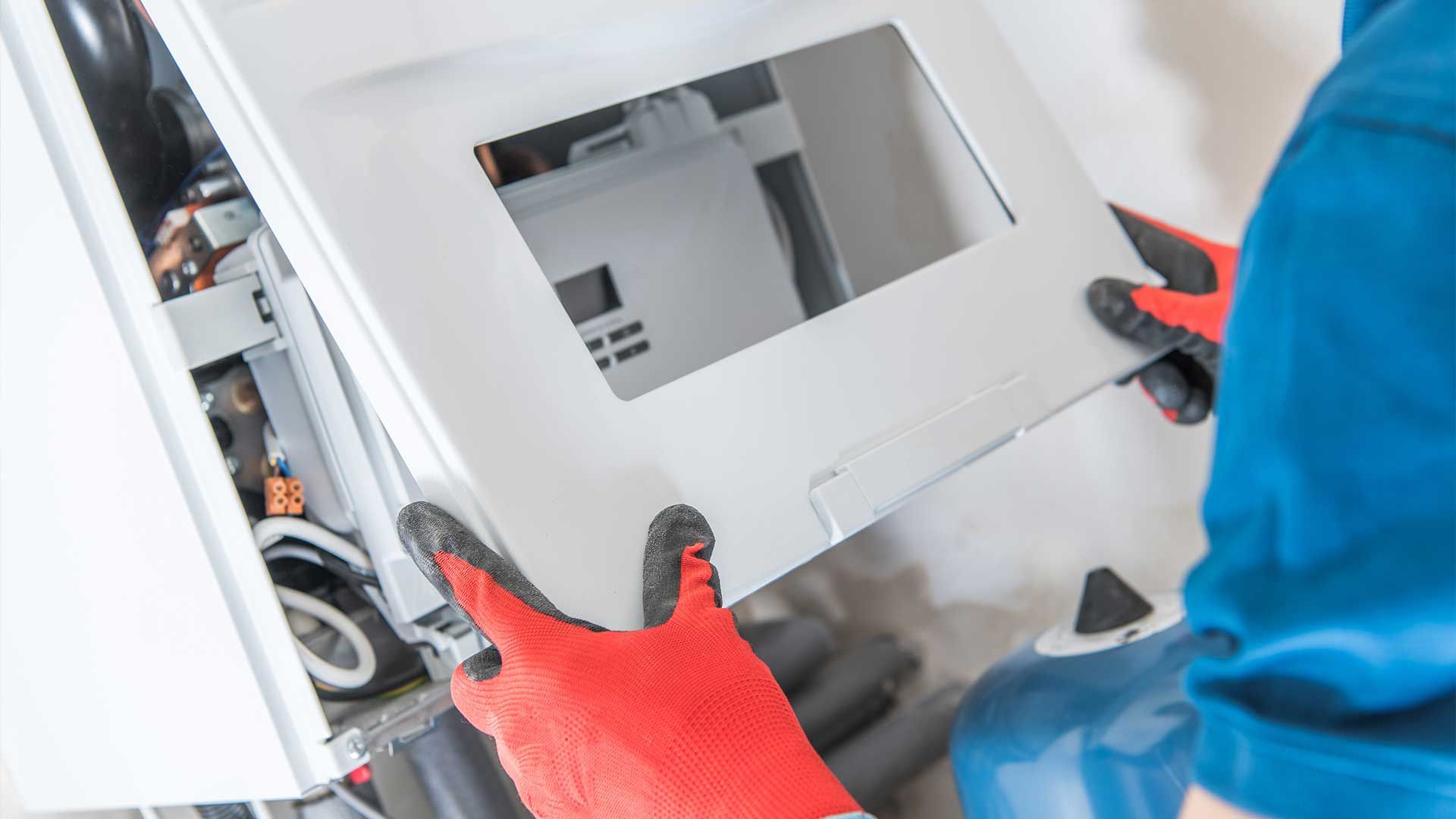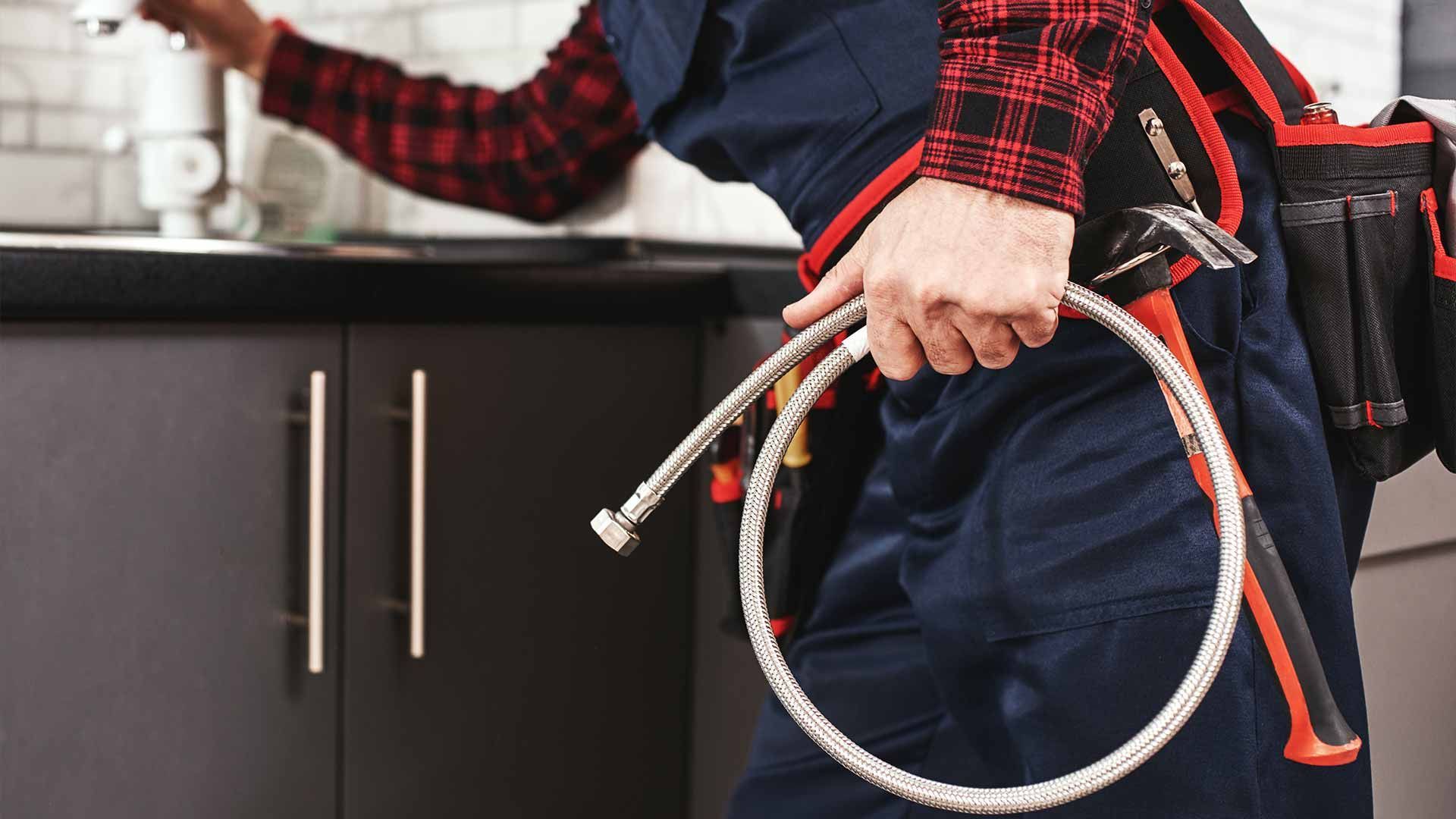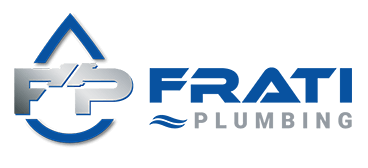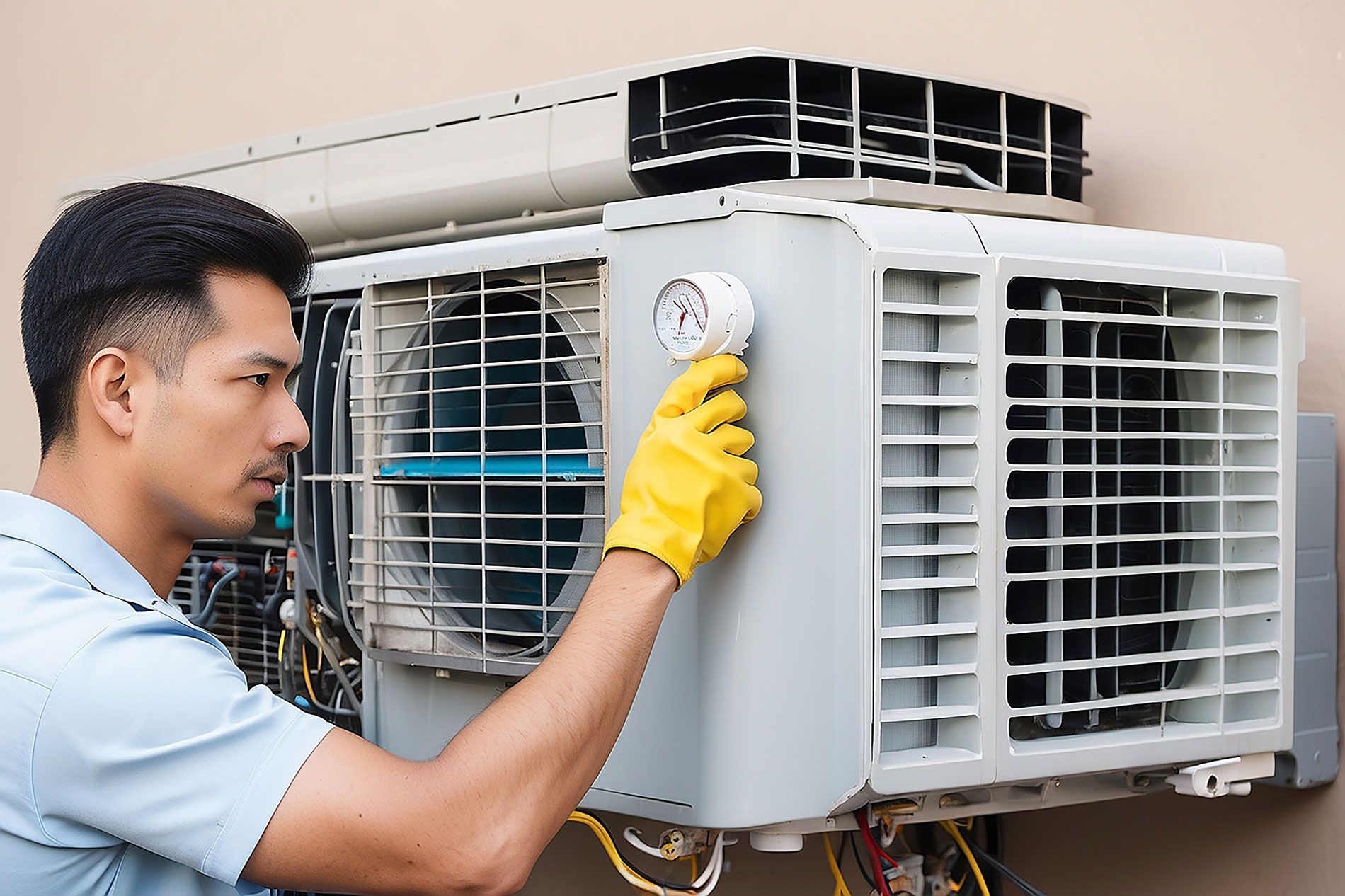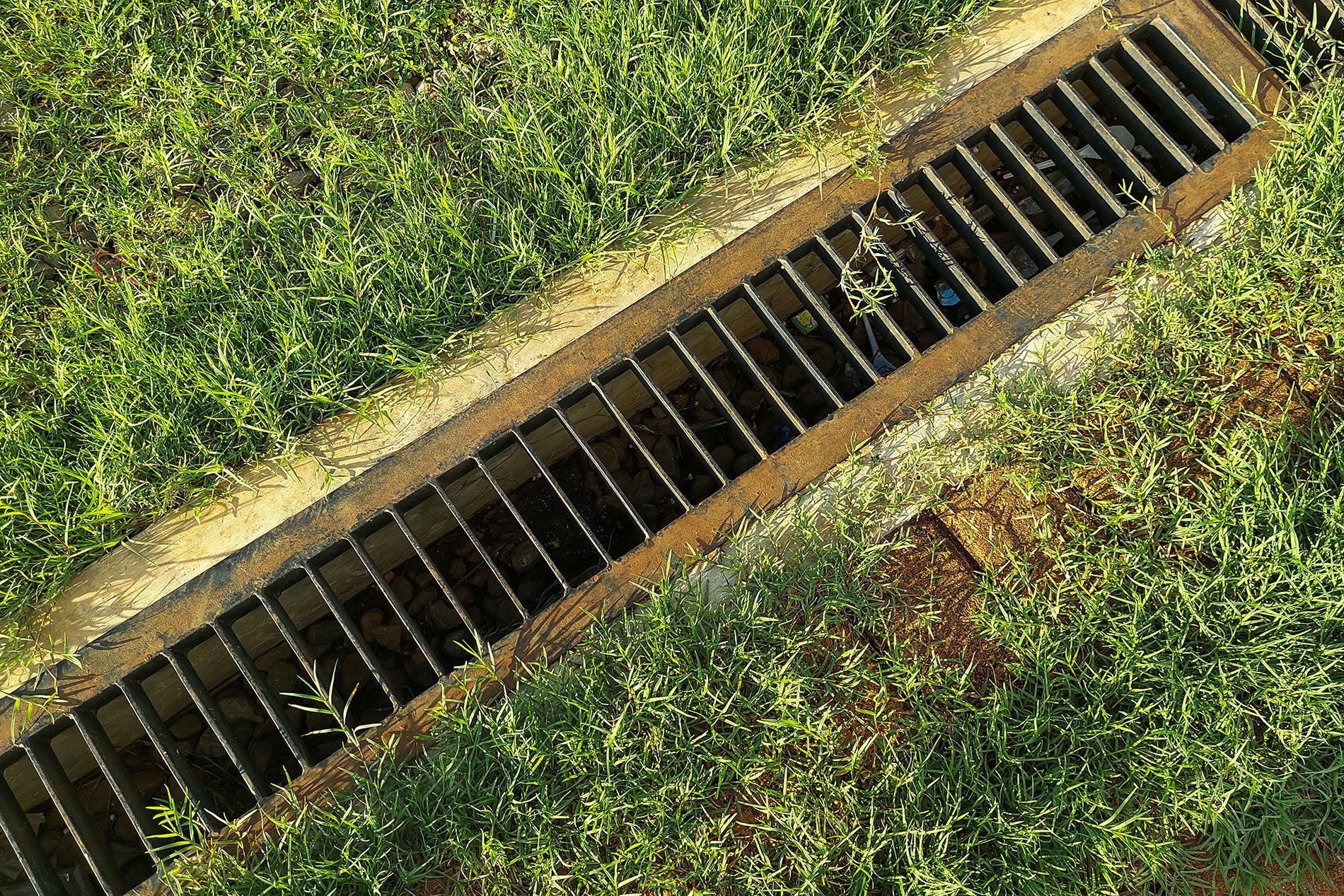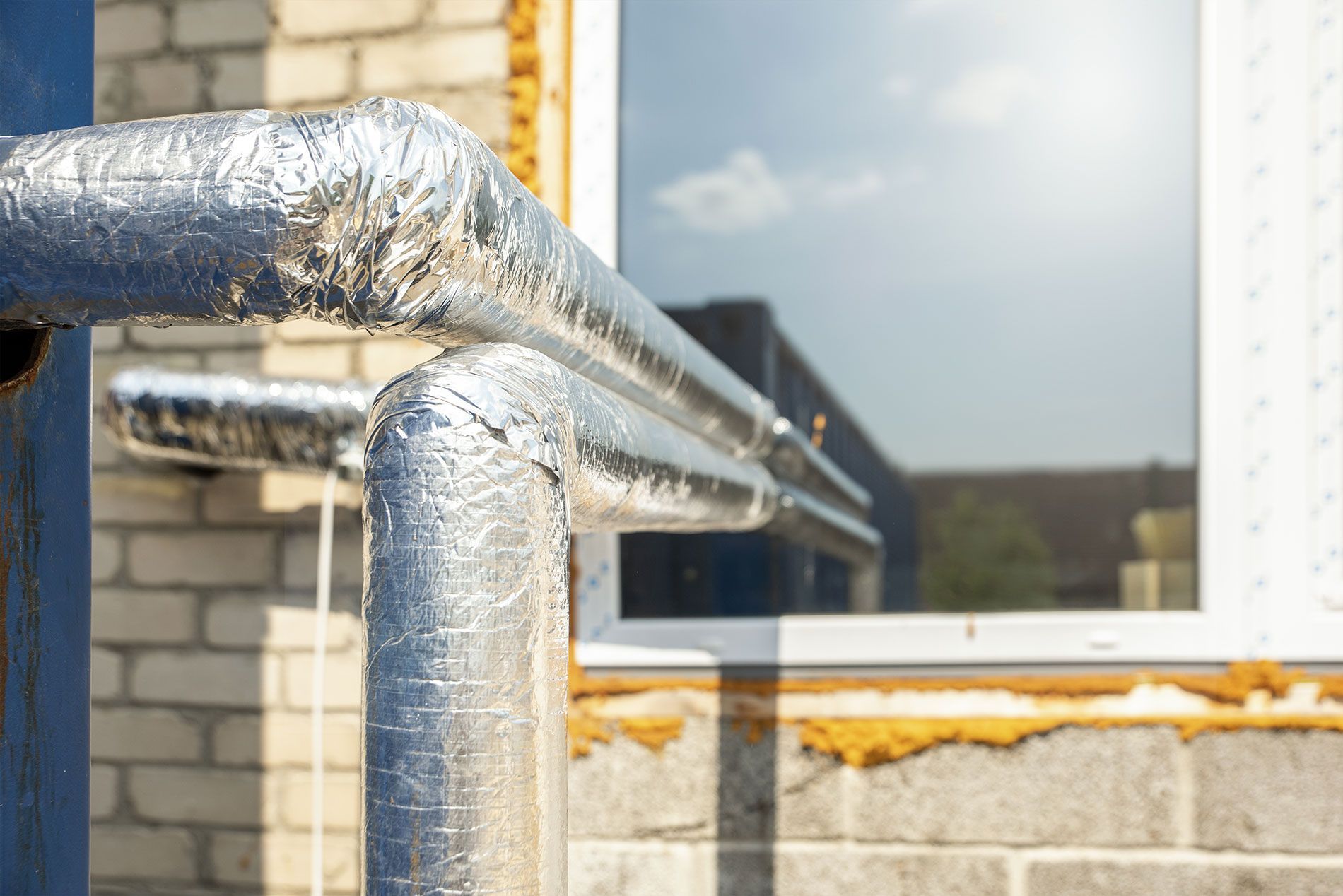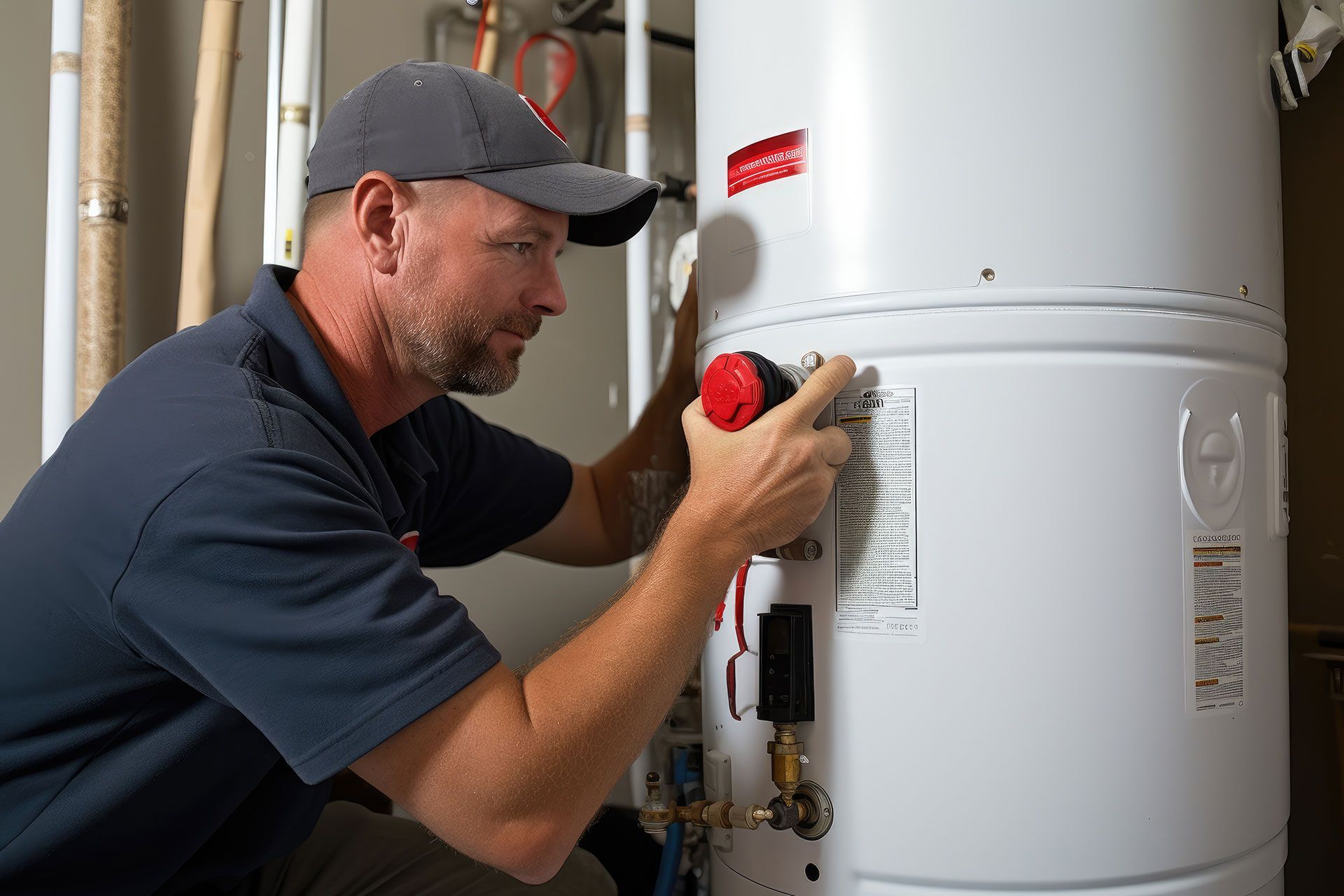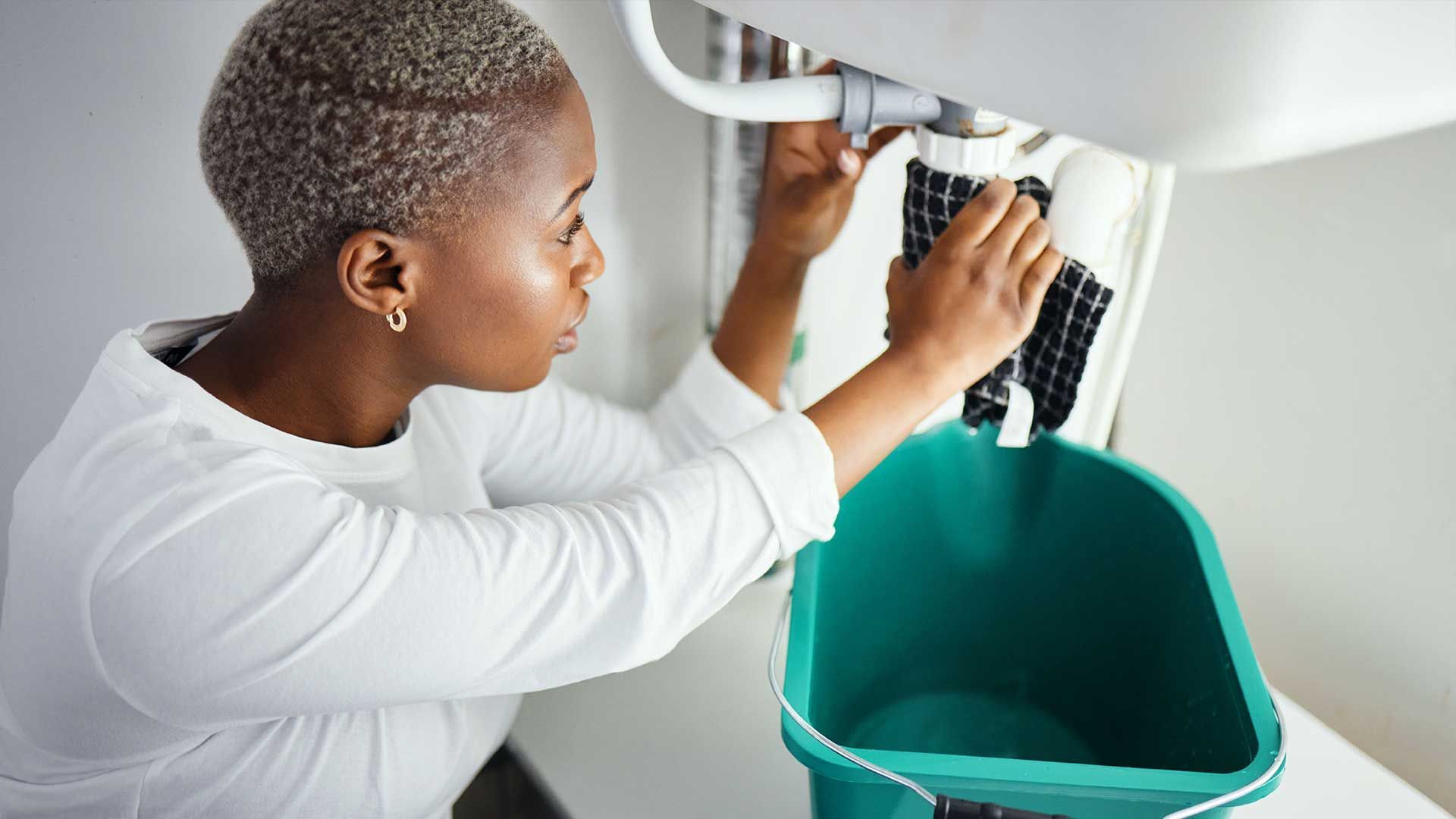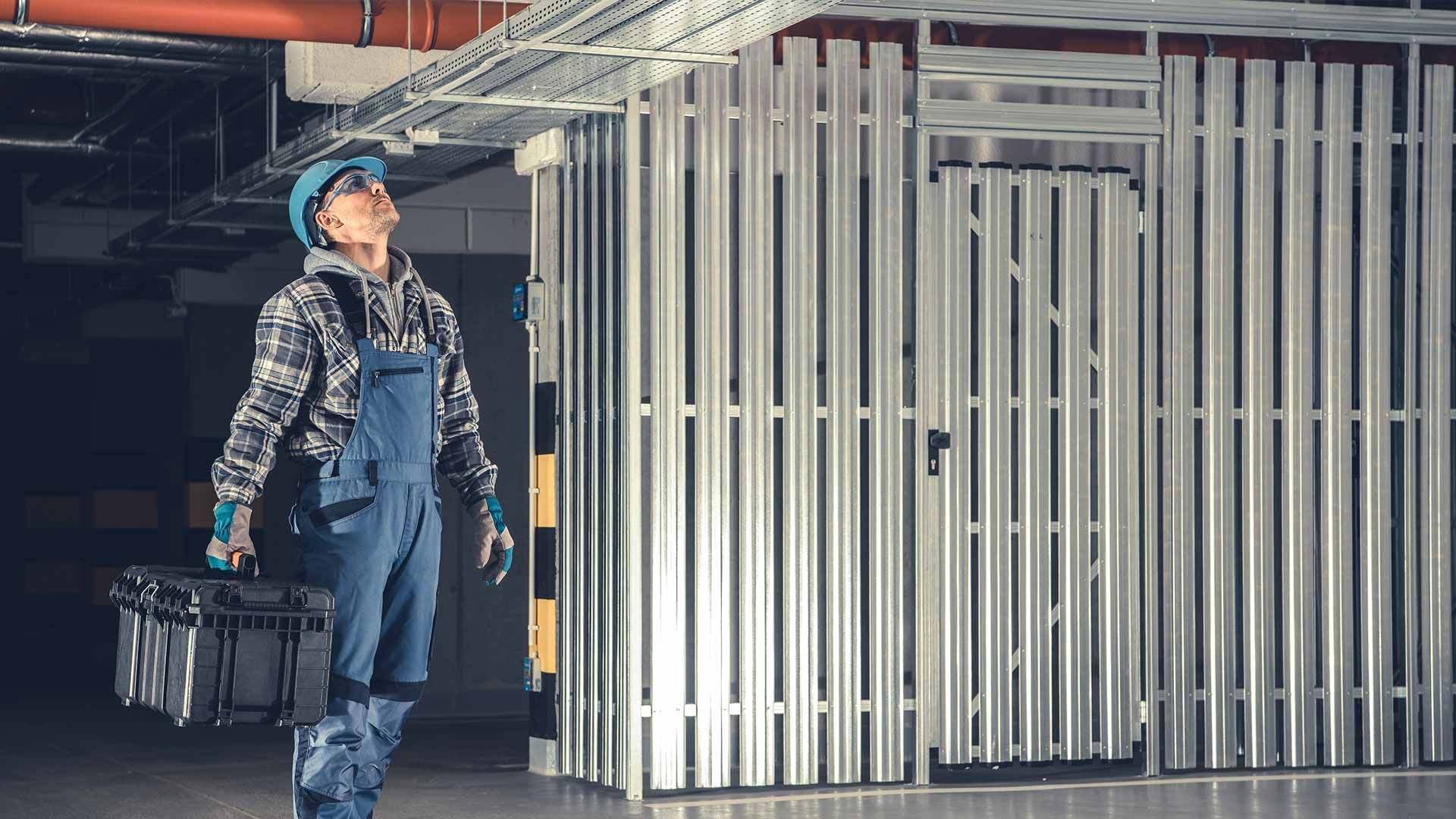The Ultimate Guide to Installing a Sump Pump: A Step-by-Step Tutorial for a Dry Basement
Installing a sump pump is a crucial step in safeguarding your home against the potential devastation of
basement flooding. In this section, we will provide a brief but insightful overview of the paramount importance of having a reliable sump pump system. Homes without proper drainage are vulnerable to water damage, mold growth, and structural issues, making the installation of a
sump pump a proactive measure every homeowner should consider. Recognizing the significance of this, we'll delve into the necessity for a comprehensive step-by-step guide. This guide is designed to cater to both DIY enthusiasts seeking hands-on solutions and homeowners aiming to understand the process thoroughly. Before we embark on the detailed journey of installing a sump pump, let's explore the key sections this article will cover, ensuring you're well-prepared for a dry and secure basement.
Chapter 1: Why You Need a Sump Pump
Without a sump pump, homeowners expose themselves to a host of potential consequences, ranging from
water damage and mold growth to compromised structural integrity. In this section, we'll delve into the real-life ramifications of not having a sump pump in place. Through vivid anecdotes and scenarios, we'll paint a compelling picture of the devastating impact of basement flooding, from ruined belongings to costly repairs. As we explore these experiences, the emphasis will be on highlighting the pivotal role a sump pump plays in maintaining a dry and protected basement environment. By understanding the real-world implications of neglecting this essential component, readers will gain a profound appreciation for the importance of a reliable sump pump system in ensuring the safety and longevity of their homes.
Chapter 2: Essential Tools and Materials
For a successful sump pump installation, having the right tools and materials is paramount. In this section, we'll provide a comprehensive list of tools necessary for the installation process, ensuring that both DIY enthusiasts and homeowners are well-equipped. Here's a checklist to guide you:
A. Tools for Sump Pump Installation:
- Power drill with various drill bits
- Adjustable wrench
- Pipe wrench
- Hacksaw
- Screwdrivers (flathead and Phillips)
- Adjustable pliers
- Tape measure
- Trowel or shovel for excavation
- Level
- Safety gear (gloves, safety glasses, and ear protection)
B. Materials Needed for Successful Installation:
- Sump pump unit
- PVC pipes and fittings
- Check valve
- Gravel for drainage
- Concrete mix (if needed)
- Waterproof sealant
- Pipe clamps
- Battery (for backup sump pump systems)
- Sump pump basin or pit
- Ventilation fan (if installing in a confined space)
C. Recommendations on Where to Purchase High-Quality Sump Pump Equipment:
- Local hardware stores or home improvement centers
- Specialized plumbing supply stores
- Reputable online retailers with customer reviews
- Manufacturer's official websites or authorized dealers
- Consultation with professional plumbers or waterproofing experts for local recommendations
Understanding the significance of using quality materials, we'll emphasize the importance of each item in contributing to the longevity and efficiency of the sump pump system. To further assist our readers, we'll provide recommendations on where to purchase high-quality sump pump equipment, ensuring they can make informed decisions and acquire the best products for their specific needs.
Chapter 3: Choosing the Right Sump Pump
Understanding the diverse landscape of sump pumps available is crucial for making an informed choice. In this section, we'll provide a comprehensive overview of the different types of sump pumps in the market, including pedestal pumps, submersible pumps, and battery backup systems. Moving beyond the basics, we'll delve into the criteria for selecting the most suitable pump based on specific needs and the size of your basement. Considerations such as the pump's capacity, horsepower, and pumping capabilities will be thoroughly explained to empower readers with the knowledge needed for optimal decision-making. Additionally, we'll emphasize the importance of backup systems and explore additional features that enhance the reliability of a sump pump. By the end of this section, readers will have a clear understanding of the diverse sump pump options, enabling them to make a choice tailored to their unique requirements.
Chapter 4: Preparing for Installation
Before embarking on the installation journey, conducting thorough pre-installation checks and assessments is paramount. In this section, we underscore the importance of evaluating the current state of your basement and assessing potential vulnerabilities. By understanding the specific dynamics of your space, you'll be better equipped to make informed decisions throughout the installation process. Our guide will provide practical tips on evaluating the basement for optimal sump pump placement, taking into account factors such as water flow patterns, potential entry points for flooding, and the layout of the space. Addressing any necessary preparations before starting the installation process, we'll cover essential steps like clearing debris, ensuring proper ventilation, and creating a safe and accessible work environment. Armed with this knowledge, readers will approach the installation with confidence, knowing that their pre-installation groundwork sets the stage for a successful and effective sump pump system.
Chapter 5: Step-by-Step Installation Guide
In this pivotal section, we provide clear and concise instructions, ensuring that readers, whether DIY enthusiasts or homeowners, can confidently navigate the sump pump installation process. Each step is meticulously outlined, accompanied by detailed explanations to demystify the complexities of installation. To enhance understanding, we incorporate visual aids, infographics, and video tutorials, transforming the installation guide into a visually engaging resource. These supplementary materials serve as invaluable companions, providing a visual roadmap that complements the written instructions. Furthermore, the installation process is systematically broken down into manageable steps, allowing readers to approach each phase with ease. By the end of this section, individuals will have not only the knowledge but also the visual guidance needed to successfully install a sump pump and contribute to the safety and resilience of their homes.
Chapter 6: Common Pitfalls and Troubleshooting
Acknowledging potential challenges is essential for a smooth sump pump installation. In this section, we anticipate various hurdles that may arise and provide insightful guidance on navigating them effectively. From unexpected obstacles in the installation process to troubleshooting common sump pump issues, our guide equips readers with the knowledge to address challenges head-on. We offer practical tips to troubleshoot issues such as pump malfunctions, unusual noises, or drainage problems, ensuring readers are prepared for potential setbacks. Additionally, we provide guidance on what to do if problems arise during or after installation, empowering readers to take prompt and effective action. By the end of this section, readers will have a comprehensive toolkit to tackle challenges, promoting confidence in the successful installation and ongoing performance of their sump pump systems.
Chapter 7: Maintenance Tips for Longevity
Maintaining a sump pump in optimal condition is paramount for its long-term efficiency. In this section, we provide comprehensive guidelines on preserving your sump pump's top-notch performance. Here's a practical checklist to guide you through the process:
A. Guidelines on How to Keep the Sump Pump in Top-Notch Condition:
- Regularly check for debris in the sump pit.
- Test the float switch to ensure it moves freely.
- Inspect the power cord for any damage.
- Verify that the discharge pipe is free from obstructions.
- Clean the pump impeller and housing.
- Test the backup battery (if applicable) and replace if necessary.
- Check for unusual noises during operation.
B. Recommended Maintenance Schedule to Prevent Malfunctions:
- Monthly: Inspect and clean the sump pit.
- Quarterly: Test the float switch and backup battery (if applicable).
- Bi-annually: Clean the pump impeller and housing.
- Annually: Inspect the power cord and discharge pipe for any issues.
C. Tips for Regular Inspections and Cleaning:
- Use a flashlight to thoroughly examine the sump pit.
- Keep the discharge pipe's exit point clear of debris.
- Remove any dirt or sediment from the pump impeller.
- Ensure the float switch moves freely by manually lifting and lowering it.
- Consider scheduling annual professional inspections for a more thorough evaluation.
Armed with this maintenance knowledge and checklist, homeowners can proactively safeguard their investment, contributing to a reliable and resilient sump pump system that stands the test of time.
Chapter 8: Expert Advice and Pro Tips
Gaining insights from seasoned professionals in the plumbing and waterproofing industry is invaluable for optimizing your sump pump system. In this section, we tap into the expertise of experienced professionals, providing readers with firsthand knowledge and industry secrets. Pro tips for optimizing sump pump efficiency and ensuring its longevity are shared, offering practical advice that goes beyond basic installation guidelines. These insights cover aspects like proper sizing, strategic placement, and proactive maintenance. Additionally, we provide valuable advice on common pitfalls to avoid during installation, empowering readers to sidestep potential challenges and streamline the installation process. By incorporating these professional insights, readers can elevate their understanding of sump pump systems, making informed decisions that contribute to the long-term reliability and effectiveness of their installations.
How Deep Should A Sump Pump Be Placed?
The ideal depth for a sump pump placement typically ranges from 24 to 36 inches below the basement floor. This depth ensures efficient water collection and allows the pump to activate promptly during rising water levels. However, the exact depth may vary based on factors like the water table level in your area and the potential for heavy rainfall. Consulting with professionals or following manufacturer guidelines can help determine the optimal depth for your specific circumstances.
Is It Worth It to Install a Sump Pump?
Absolutely. Installing a sump pump is a worthwhile investment in preventing costly water damage, mold growth, and structural issues caused by basement flooding. Whether you live in an area prone to heavy rainfall or have experienced water seepage issues, a well-installed sump pump provides proactive protection, ensuring a dry and secure basement environment. The peace of mind and long-term benefits far outweigh the initial installation costs.
Conclusion
In conclusion, this comprehensive guide, brought to you by
Frati Plumbing, encapsulates essential insights for seamless sump pump installation. Summarizing key takeaways, we emphasize the critical role a well-installed sump pump plays in safeguarding your home. We encourage readers to share their success stories, fostering a sense of community and mutual support. Frati Plumbing is committed to assisting you in creating a resilient and dry basement environment. For any further inquiries or professional assistance, feel free to connect with Frati Plumbing at
707-217-2712. Remember, a well-functioning sump pump is not just an installation; it's an investment in the longevity and safety of your home. Join our community, share your experiences, and let's ensure every basement stays dry and protected.
FAQs
